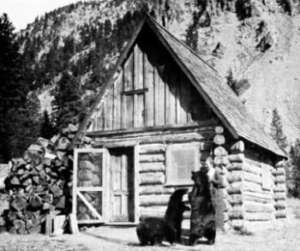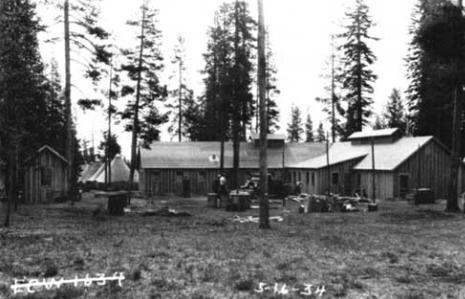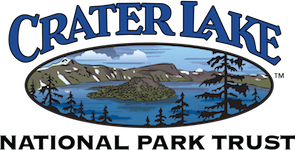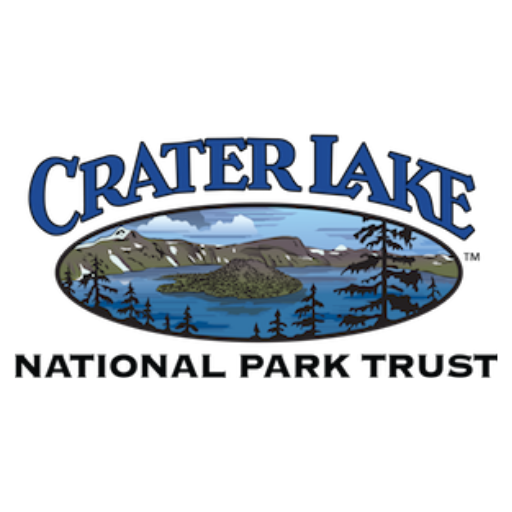Park History –
Historic Structures
 In addition to the natural wonders, the human structures of Crater Lake National Park have much to offer. The architecture of the buildings and the landscaping offer glimpses into the history of the National Parks Service. There are two Historic Districts in the Park that are listed on the National Register of Historic Places. The significant areas include landscape architecture created from 1916 to 1942 and architecture from 1909 to 1942.
In addition to the natural wonders, the human structures of Crater Lake National Park have much to offer. The architecture of the buildings and the landscaping offer glimpses into the history of the National Parks Service. There are two Historic Districts in the Park that are listed on the National Register of Historic Places. The significant areas include landscape architecture created from 1916 to 1942 and architecture from 1909 to 1942.
The Emergency Conservation Work Act
The majority of the buildings at Crater Lake are the result of the mid-1930s Civilian Conservation Corps (CCC) and Works Progress Administration programs. The Emergency Conservation Work Act, commonly known for the CCC, was created by President Franklin D. Roosevelt to employ U.S. citizens during the depression as part of the New Deal. In every state, workers planted trees, built roads and trails, strung telephone lines, and constructed buildings. Within Crater Lake National Park, the CCC constructed buildings, built campgrounds, landscaped and improved the Rim Drive.
Rustic Style
Crater Lake buildings are significant examples of “rustic style”, also known as “NPS rustic”, architecture:
 “The majority of the headquarters buildings, employees quarters, and service buildings display a unity of structural treatment, exemplified by massive boulder masonry, stained timbers, steep roof pitch, dormer windows, and rough-sawn or vertical board-and-batten siding.” (Linda W. Greene, Crater Lake Historic Resource Study, NPS, 1984)
“The majority of the headquarters buildings, employees quarters, and service buildings display a unity of structural treatment, exemplified by massive boulder masonry, stained timbers, steep roof pitch, dormer windows, and rough-sawn or vertical board-and-batten siding.” (Linda W. Greene, Crater Lake Historic Resource Study, NPS, 1984)
This style developed from the mid 1920’s to the early 1940’s. The style features natural materials that are intended to blend into and not detract from the natural surroundings. This style was popular with National Parks Service sites.
Historically Significant Buildings
Munson Valley Historic District
- Administration Building
- Employees Stone Houses
- Garage and wood shed
- Machine Shop
- Meat House
- Mess Hall/Bunkhouse
- Naturalist’s House
- Ranger Dormitory
- Sign Shop [former public comfort station]
- Superintendent’s House
- Transformer House
Rim Village Historic District
- Comfort Stations #68 and #72
- Crater Lake Lodge
- Sinnott Memorial Lookout and Museum
Park History –
Historic Structures
In addition to the natural wonders, the human structures of Crater Lake National Park have much to offer. The architecture of the buildings and the landscaping offer glimpses into the history of the National Parks Service. There are two Historic Districts in the Park are listed on the National Register of Historic Places. The significant areas include landscape architecture created from 1916 to 1942 and architecture from 1909 to 1942.
The Emergency Conservation Work Act
The majority of the buildings at Crater Lake are the result of the mid-1930s Civilian Conservation Corps (CCC) and Works Progress Administration programs. The Emergency Conservation Work Act, commonly known for the CCC, was created by President Franklin D. Roosevelt to employ U.S. citizens during the depression as part of the New Deal. In every state, workers planted trees, built roads and trails, strung telephone lines, and constructed buildings. Within Crater Lake National Park, the CCC constructed buildings, built campgrounds, landscaped and improved the Rim Drive.
Rustic Style
Crater Lake buildings are significant examples of “rustic style”, also known as “NPS rustic”, architecture:
“The majority of the headquarters buildings, employees quarters, and service buildings display a unity of structural treatment, exemplified by massive boulder masonry, stained timbers, steep roof pitch, dormer windows, and rough-sawn or vertical board-and-batten siding.” (Linda W. Greene, Crater Lake Historic Resource Study, NPS, 1984)
This style developed from the mid 1920’s to the early 1940’s. The style features natural materials that are intended to blend into and not detract from the natural surroundings. This style was popular with National Parks Service sites.
Historically Significant Buildings
Munson Valley Historic District
- Administration Building
- Employees Stone Houses
- Garage and wood shed
- Machine Shop
- Meat House
- Mess Hall/Bunkhouse
- Naturalist’s House
- Ranger Dormitory
- Sign Shop [former public comfort station]
- Superintendent’s House
- Transformer House
Rim Village Historic District
- Comfort Stations #68 and #72
- Crater Lake Lodge
- Sinnott Memorial Lookout and Museum


